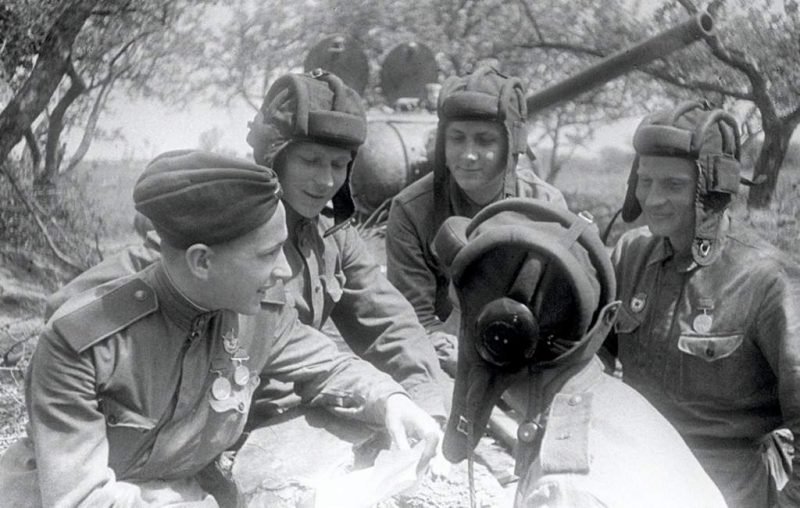In addition to their sabers, they also carried a more modern armament: hand grenades. Also, the regiment had a squadron with machine guns.
From the battlefields of the ancient world, to wars stretching from medieval Europe to the Yuan Dynasty of China, to the Steppes of Central Asia, and to the Great Plains of North America, cavalrymen played a major role in military history…until the weapons of the 20th century rendered these shock troops, with their lances and swords, obsolete.
The last major cavalry charge in history, with a large body of hundreds of traditional cavalrymen armed with sabers, took place during the Second World War. It was the charge of the Italian Savoia Cavalleria at Isbuschenskij, and it closed a chapter of history that had lasted for thousands of years.
The charge took place at the site of Hill 213,5 near Isbuschenskij village in the Soviet Union on August 24th, 1942, in the southern part of the Eastern Front of WWII. Earlier, on the 20th of August, the Soviet 304th Infantry Division had launched an assault against the Italian 2nd Infantry Division.
The Soviets had beaten the Italians back with force, and as a last resort the Savoia Cavalleria cavalry regiment was sent in as a relief force.
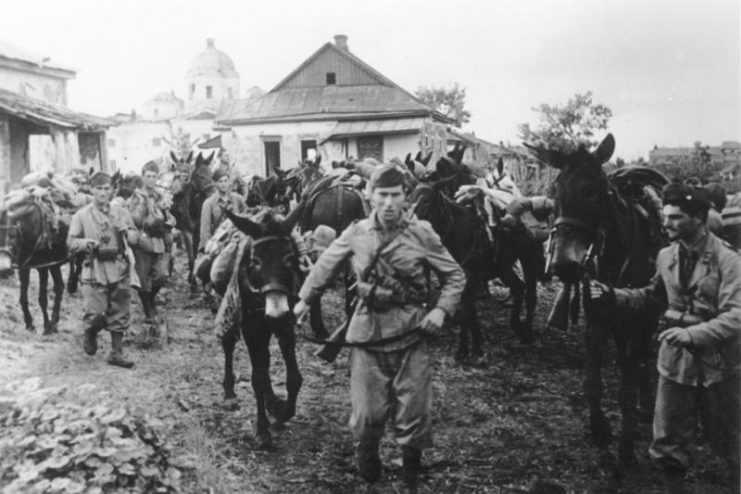
The Savoia Cavalleria, consisting of approximately 600 cavalrymen organized into squadrons of around 40 cavalrymen each, was led by an Italian Count, Colonel Alessandro Bettoni di Cazzago, a staunch royalist and old-school traditionalist.
A master horseman who in the decade prior to the eruption of the Second World War had won almost 700 prizes for show jumping, it is no surprise that he decided to lead his horsemen in a charge, with sabers drawn, against the Soviets.
The Savoia Cavalleria – the only Italian cavalry regiment to wear red neckties during WWII, honoring a centuries-old tradition – were armed with traditional cavalry sabers, curved swords with blades optimized for slashing from horseback.
In addition to their sabers, they also carried a more modern armament: hand grenades. Also, the regiment had a squadron with machine guns.
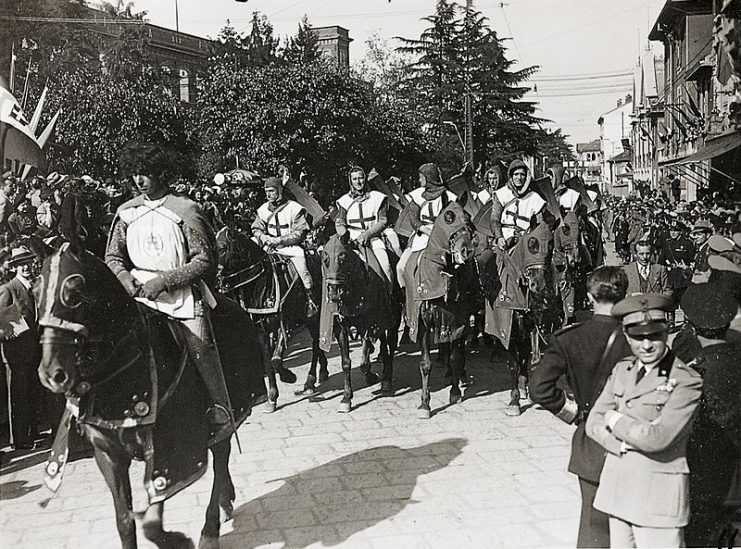
Colonel Cazzago and his men were charged with the task of taking the strategic position, Hill 213,5. They set up camp just under a mile from this position on August 23rd, but during the night a Soviet infantry unit of around 2,500 men (the 812th Siberian Rifle Regiment) occupied and dug into the hill, waiting for first light to attack the Italian cavalrymen.
A few hours before dawn, a mounted Italian scouting patrol was spotted by the Soviet troops on the hill. No longer concerned with attacking with the element of surprise behind them, the Soviets began firing on the Italian position.
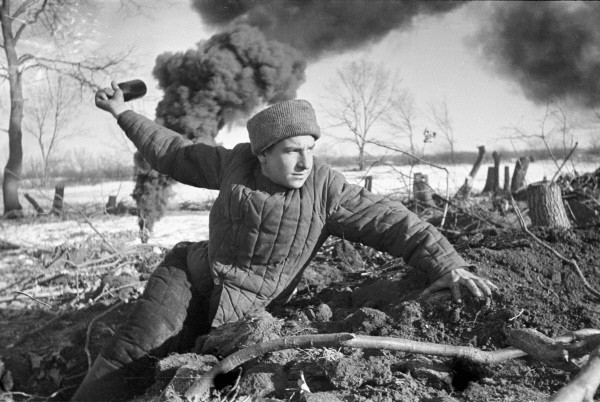
The Italians returned fire, but it soon became clear to Colonel Cazzago that as he was both outgunned and outnumbered, a sustained exchange of fire would be disastrous. His only hope, he believed, was to flank the Soviets and attack with enough force and speed to drive them from their position. To do this, he planned to use an age-old tactic: a cavalry charge.
Obviously, this was a very risky maneuver – and pitting horsemen armed with sabers against dug-in infantry troops with mortars and machine guns would be suicidal if performed head-on, across open ground.
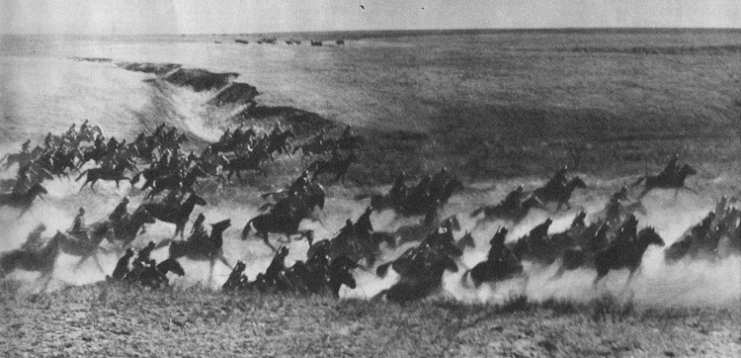
However, to the left of the Soviet-occupied hill was an area of dead ground, concealed by folds in the terrain. If Cazzago could get his cavalrymen there without them being seen, they could launch a charge at relatively close range and potentially overrun the Soviet troops without taking too many losses.
It was a bold move that could end in disaster, but Cazzago decided he had no other option. While exchanging fire with the Soviets, he moved a number of his cavalry squadrons around to the area to the left of the hill. Unobserved by the Soviets, his cavalrymen got into position successfully.
The first unit to get into position, under Captain de Leone, assembled themselves in battle order on the dead ground. Then, as had been done for centuries prior, the buglers sounded the order to advance at a walk, and this the Italian cavalrymen did with their sabers drawn and ready.
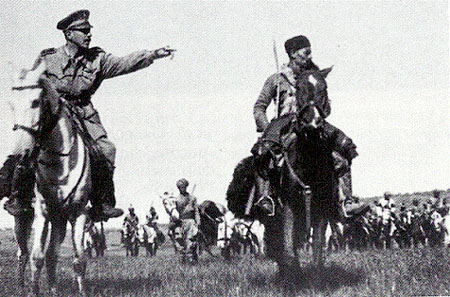
The buglers then signaled to speed up to a trot, and then, finally, they signaled a gallop, and Captain de Leone called out the famous order: “Carica!” (“charge!”).
With their sabers flashing in the dawn light and the thunder of their horses resounding across the hill, hundreds of Italian cavalrymen stormed through the ranks of the surprised Soviets. The Italians slashed and hacked at the terrified infantrymen with their sabers, and tossed hand grenades into trenches as they vaulted their mounts over them.
The Soviets, while initially stunned by this very unexpected, anachronistic battle maneuver, were quick to respond, turning their machine guns on the galloping horsemen. Horses fell by the dozens, with some galloping on even while dying, riddled by machine gun bullets, and only falling dead dozens of paces after their hearts had stopped beating.
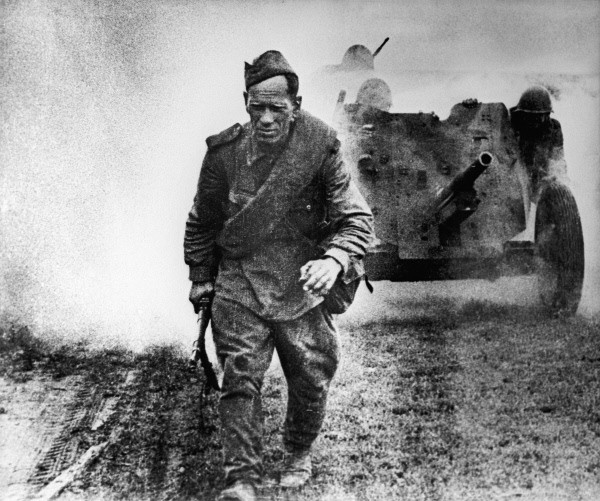
The cavalrymen themselves took significant damage, but Colonel Cazzago could see that the momentum of his maneuver had given him the upper hand and ordered more squadrons to charge. With some dismounting and fighting on foot, and with supporting fire from the Italian machine gunners, the Italian cavalrymen charged in again, whirling their sabers like madmen and tossing grenades as they thundered through the Soviet lines.
As crazy a manuever as it was in the age of mechanized warfare, the charge of the Savoia Cavalleria worked that day. The Soviets couldn’t hold their line under the speed, ferocity, and momentum of the charging Italian cavalrymen, and they soon broke ranks and fled.
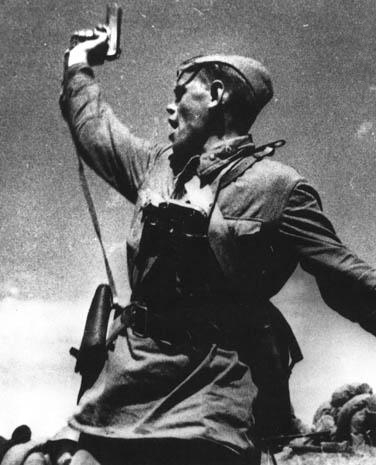
Against all odds, the cavalry charge – a relic of past centuries – had worked. While the Italians had lost 32 men, with 52 wounded, and over a hundred horses killed, the Soviets had taken far worse losses. One hundred and fifty Soviet troops lay dead, with around 300 wounded, and 600 Soviet troops were taken prisoner when the clash was over.
After the charge had taken place, despite being impressed, German liaison cavalry officers who had witnessed the action remarked to Colonel Cazzago, “these kind of things, we can’t do them any more,” in reference to how the old-school cavalry charge belonged to a long-past era.
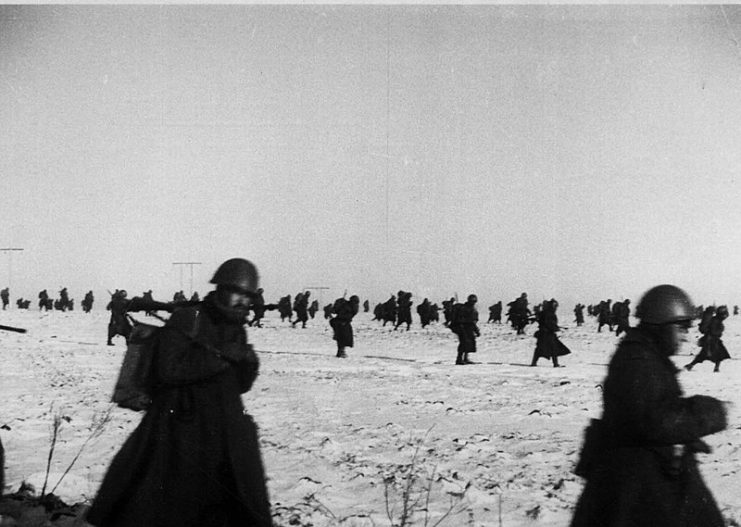
Despite this sentiment being generally accurate, Cazzago’s charge had proved it wrong on this occasion. Two Italian gold medals for valor were awarded to various men of the Savoia Cavalleria, as well as 54 silver medals and 49 war crosses. One of the horses who survived the charge but was blinded during the fighting, a horse named Albino, went on to become somewhat of a celebrity in Italy, and ended up living until 1960.
Read another story from us: The First 45 Days Of Badoglio’s Government – 25 July 1943
And as for Colonel Cazzago, the man who led the final major cavalry charge in history – he survived the war, and after it was over he remained loyal to the last King of Italy, Umberto II.
When the Italian monarchy was abolished in 1946, Cazzago took the regimental flag of the Savoia Cavalleria and presented it to the exiled king in Portugal. For this act, he was stripped of his rank and dishonorably discharged.
